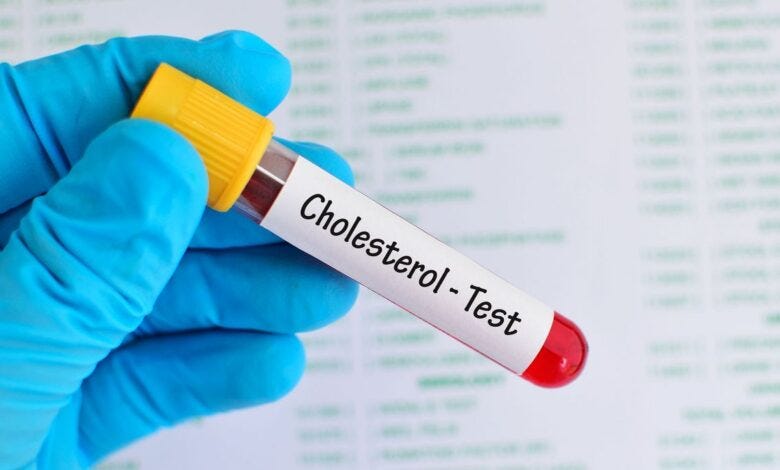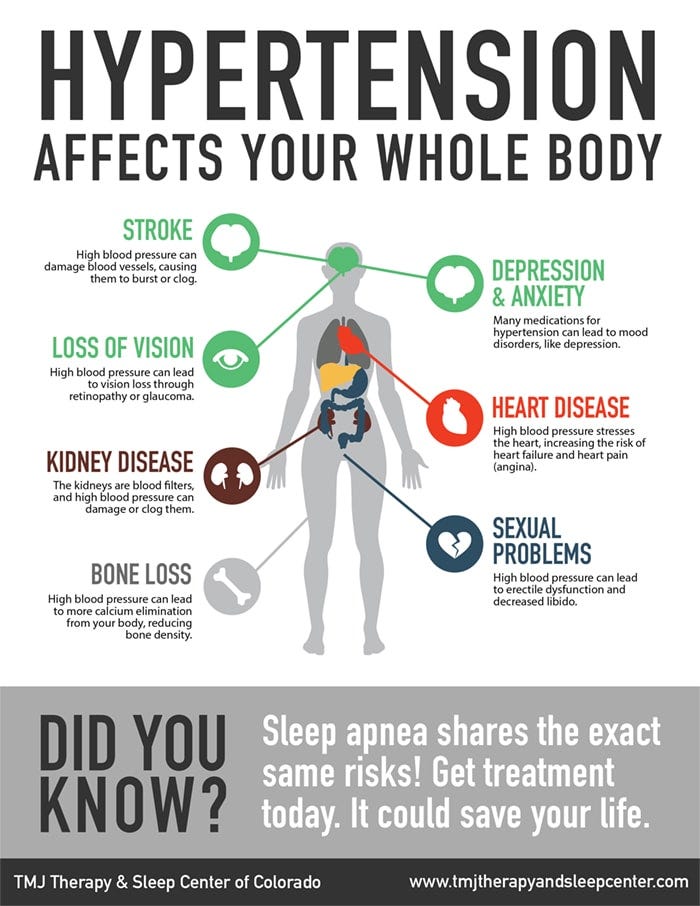
Understanding the disease process of coronary heart disease (CHD) allows us to anticipate, detect and treat its dysfunction before CHD worsens. Epidemiology has assisted us by collating several biomarkers that filters out individuals at risk of CHD. The following will cover these risk factors in more depth, in an attempt to broaden our understanding of early detection.

World Health Organization (2013) defines epidemiology as the study of the distribution and determinants of health-related states or events (including disease), and the application of this study to the control of diseases and other health problems.Although epidemiology does not account for causation, it does help point us in a direction to ask better questions and perform deeper research. What epidemiologists have found among people with CHD are common environmental and genetic factors, or risk factors.

Risk factors associated with CHD can be broken down into two major categories: risk factors that can be controlled by a person, and those that cannot be. Uncontrollable risk factors are those such as heredity, race, male sex, and advanced age (Kenney, Wilmore, & Costill, 2012). Controllable risk factors, as defined by the American Heart Association (2012), include tobacco smoke, hypertension, abnormal blood lipids/ lipoproteins, physical inactivity, obesity/overweight, and diabetes/insulin resistance.

Elevated blood lipids are considered to be a risk factor of CHD. Lipids are insoluble in blood, and are therefore combined with proteins for transport throughout the vascular system. Hence the term “lipoprotein.” Specifically, high-density and low-density lipoprotein ratios are of primary concern. Individuals at lowest risk of CHD have higher ratios of high-density lipoprotein (HDL) to low-density lipoproteins (LDL). Conversely, people are at a much higher risk of CHD if their ratios of LDL are higher than HDL (Kenney et al., 2012). It is believed that LDLs deposit cholesterol along arterial walls, while HDLs remove and transport them to the liver to be metabolized (Kenney et al., 2012). Thus, higher levels of HDLs are preferred in the blood, and it is generally agreed upon that ratios of 3 or lower relative to total cholesterol places one at low risk for CHD. Moreover, if these biomarkers are detected in adolescence, there is a greater chance of intervention and prevention before they progress (Kenney et al., 2012).

Hypertension risk factors can also be broken down into controllable and non-controllable. Non-controllable risk factors include heredity, sex, age and race. Controllable, or modifiable, risk factors include insulin resistance, obesity, diet (sodium, alcohol), tobacco use, oral contraceptive use, stress and inactivity (Kenney et al., 2012). Of particular interest is a phenomenon known as metabolic syndrome. It is believed that a common link exists between CHD, hypertension, abnormal blood lipids, obesity and type 2 diabetes: insulin resistance. It is postulated that there is a connection between upper-body obesity and insulin resistance. And that insulin resistance is related to CHD, hypertension and type 2 diabetes (Kenney et al., 2012). Kenney et al. (2012) also suggests that obesity may be the triggering event for all other constituents of metabolic syndrome. Thus, weight control may be a mode of prevention for this disorder.
CHD is a leading cause of death in the United States. A comprehensive understanding of both pathophysiology and epidemiology must be ascertained before treating CHD. Only then, can necessary steps be taken to develop strategies to combat this disease.
References
American Heart Association (2012). Understanding your risk of heart attack. Retrieved October 21, 2013, from http://www.heart.org/HEARTORG/Conditions/HeartAttack/UnderstandYourRiskofHeartAttack/Understand-Your-Risk-of-Heart-Attack_UCM_002040_Article.jsp
Kenney, W. L., Wilmore, J. H., & Costill, D. L. (2012). Physiology of sport and exercise (5th ed.). Champaign, IL: Human Kinetics.
World Health Organization (2013). Health Topics. Retrieved October 21, 2013, from http://www.who.int/topics/epidemiology/en/
-Michael McIsaac
